Snake Plant
₨500.00
Add to cart
Buy Now
Sansevieria AKA Snake Plant Profile & Basic Care Tips
Sansevieria is an integral part of the home landscape and is also one of the most simple house plants to care for. Find out why Snake Plant the perfect plant for people with an “black thumb”.
I first heard about Sansevieria while I was moving to my first home. My grandmother had planted some in the beautiful
A rustic ceramic pottery. The lady gave it to me as a home welcome gift. Three years later, it’s ever-growing strong and tall. Snake Plant also do very well when combined with hanging or trailing plants, such as pothos and philodendron. The tall leaves of Sansevieria as well as the hanging vines of philodendron can create a gorgeous lively arrangement. Be sure to play with the height of your garden!
What Is Sansevieria?
What exactly is Snake Plant you may ask! Sansevieria is among the easiest to care for and it can be found anywhere at home. It has different baby dorms. name like Snake Plant, for its serpent scale-like colors in its leaves. It’s also my favorite Mother-in-Law’s tongue due to its tough and sharp appearance that the plants.
There are more than 70 varieties of Sansevieria however one of the most well-known, S.t. “Laurentii,” can be recognized by its dark-green marbling, and its sword-shaped leaves trimmed with gold yellow.
Tough and Strong – The Perfect Attributes for a Beginner Plant!
Sansevieria is among the strongest houseplants found in the world. This makes them among the top plants for beginners to plant. The roots of the plant are sturdy and could break the planter that is too tiny. The only thing that the snake plant dislikes is when you get close to the sharp edge. If you cut the tip of the Sansevieria and it stops expanding – similar to cutting a leaf from Aloe Vera.
Snake Plant can survive in practically any part of your house. From brightest windows to the most dark corner the tongue of your mother-in-law can take it! As with most “indestructible” plants it can be able to withstand low lighting, however it will flourish in bright lighting. This plant is accommodating if you don’t keep it watered. This plant is highly recommended to anyone new to plants as they are attractive and fun to start with as a start-up plant, or a great addition to your garden!
Snake plants have an rhizome (also known as a rootstock) that is located just beneath that surface. Plants that are new will grow upwards from the Rhizome. It is possible to let them expand or cut them off and then pot in order to offer them to friends or family members, or even keep them to yourself!
Sansevieria can be propagated through cutting off leaf stems and planting them in the soil or even water. This process is slower however, it is still effective.
Quick Care Tips
- Light: almost any light source, however moderate to bright light can bring greater growth as well as deeper marbling of the leaves.
- Temperature: Warm. Normal house temperatures. Don’t be too concerned!
- Watering: Water Sparsely. Be sure to water thoroughly and don’t water again until your soil is totally dry. If you do not remember the soil is dry, they’ll forgive you!
- Fertilizer: Don’t overfeed. Each month you should feed your plants once during growth. Sansevieria doesn’t need to be repotted often; It is possible to go for three or five years prior to repotted. Just take a little topsoil and put in fresh soil to cover the roots.

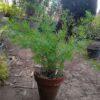
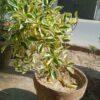

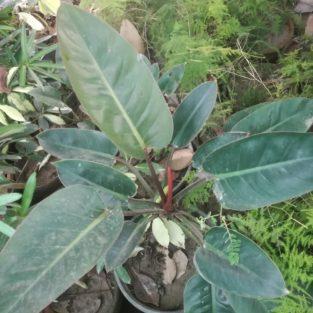
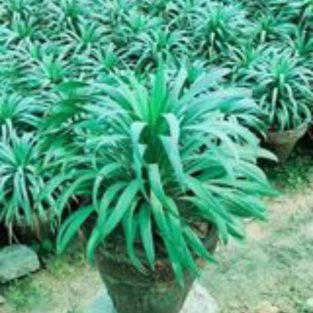
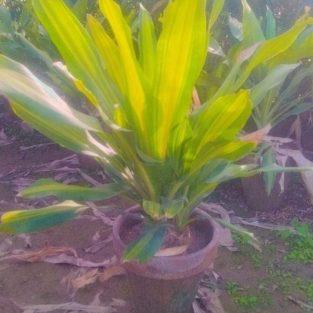
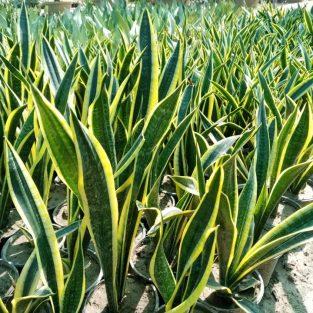





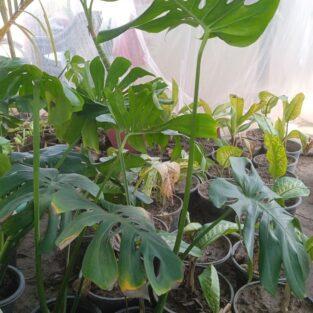

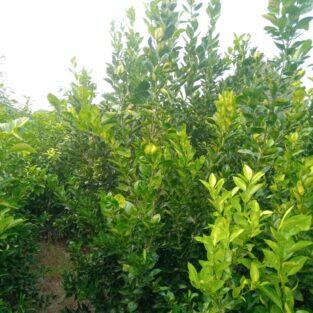

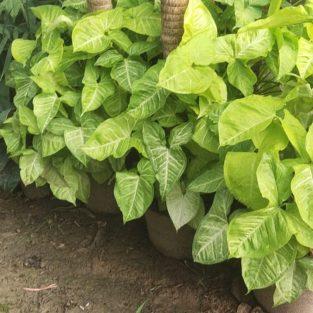

Reviews
There are no reviews yet.